Trending searches
$0
Anubias barteri var. Caladiifolia belongs to the Araceae family and originates from a tissue propagation laboratory worldwide (including Australia). This variety is admired for its broad, heart-shaped leaves that display a rich green color, making it a standout feature in any aquascape. This freshwater aquarium plant usually reaches a height of 8–12 inches, which makes it an excellent midground or background plant in freshwater tanks. Because it is a rhizome plant, the best way to grow it is by attaching it to rocks, driftwood, or other hardscape materials rather than burying the rhizome in the substrate. This planting method ensures the plant thrives and avoids rotting, while giving your aquarium a natural and lasting green touch.
Caring for Anubias barteri caladiifolia is simple, making it a great choice for anyone looking to add greenery to their aquarium.
Prefers low to moderate lighting. Too much direct light may cause algae to grow on its leaves.
Ideal range: 72–82°F (22–28°C).
CO2 is not required but can encourage stronger and faster growth.
Thrives in a wide range: pH 6.0–7.5, soft to moderately hard water.
It is a Slow-growing plant, which helps prevent the need for frequent trimming and maintenance.
Propagated by rhizome division. Cut and replant sections of the rhizome to grow new plants.
Note: Images are for reference only. Actual plants may vary in size, color, and appearance due to natural variations and seasonal growth.
At Canton Aquatics LLC, we take great pride in providing high-quality live aquarium plants to our customers. We understand the complexities involved in shipping live plants and are committed to ensuring they arrive at your doorstep in excellent condition.
Shipping Process:
DOA (Dead on Arrival) Policy:
Limitations and Responsibilities:
Cancellation and Changes:
Customer Support:
By placing an order with Canton Aquatics LLC, you acknowledge and agree to the terms outlined in this shipping policy.
Please be sure to check the regulations in your state regarding restricted plants. Our policy is to avoid shipping any plants that are prohibited in your area to ensure compliance and environmental safety. It's important not to introduce plants into the wild or waterways, as this could disrupt local ecosystems by introducing invasive species.
We appreciate your efforts in helping to protect the environment. For the latest updates, you can consult the USDA State Noxious Weed list here.
Thank you for your dedication to preserving our natural habitats.
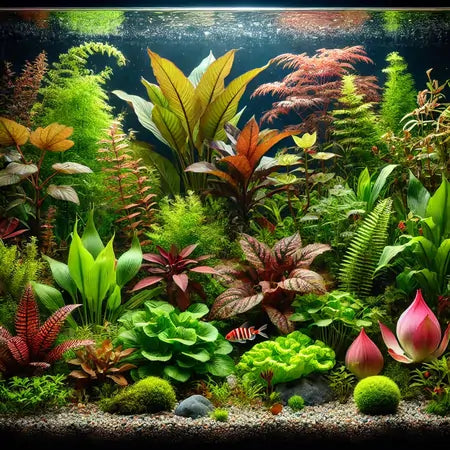

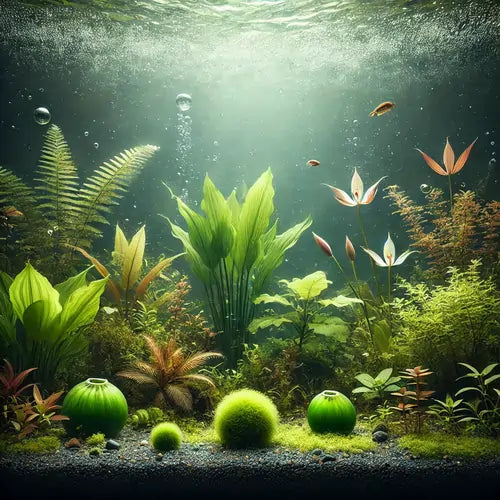
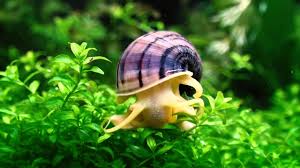
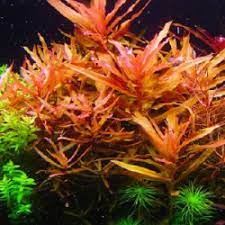
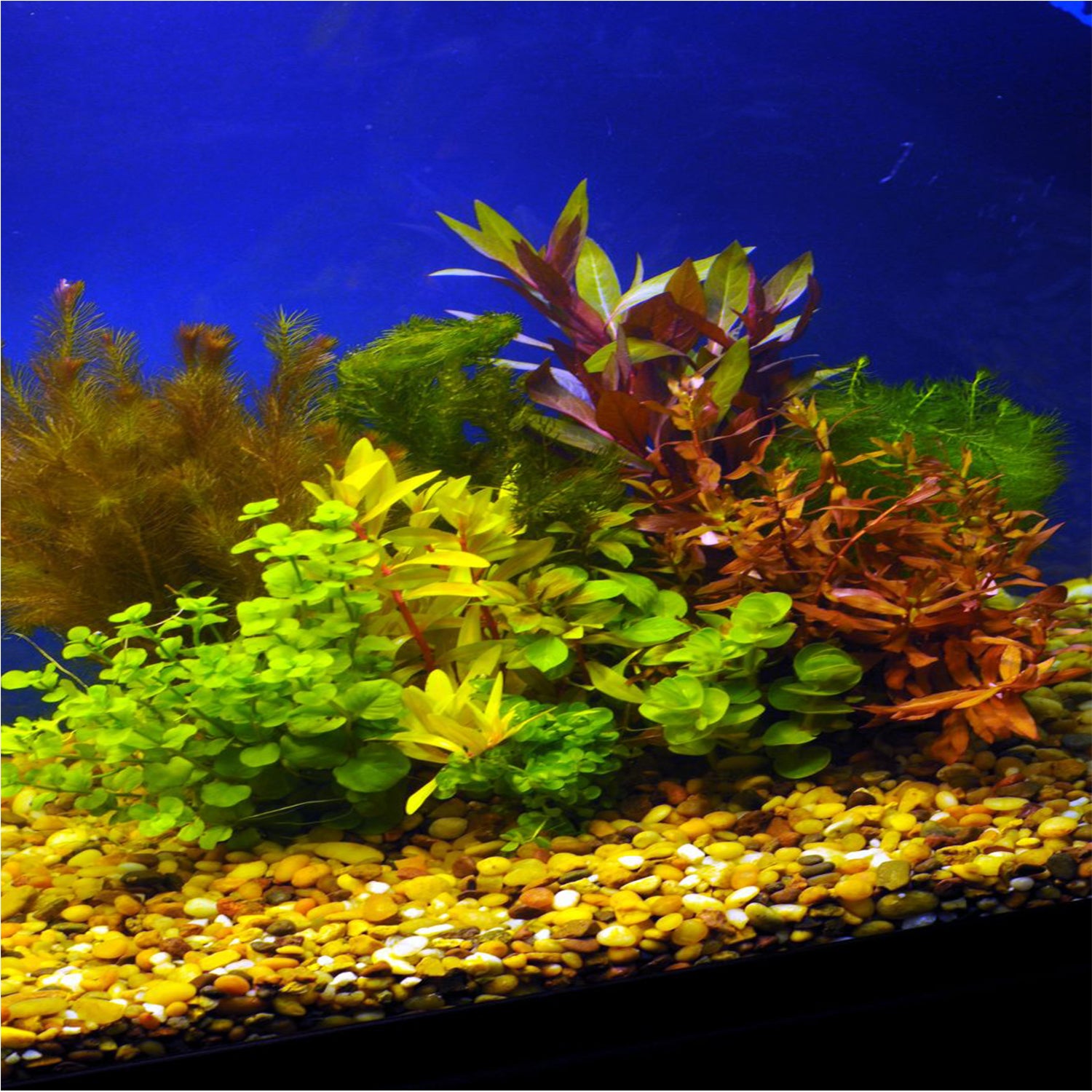
!